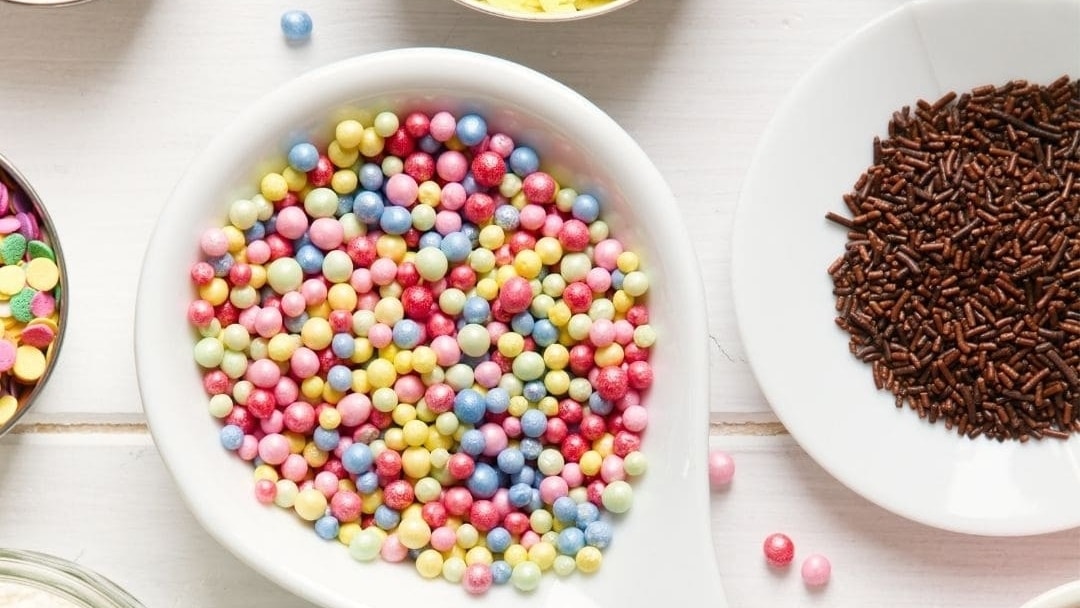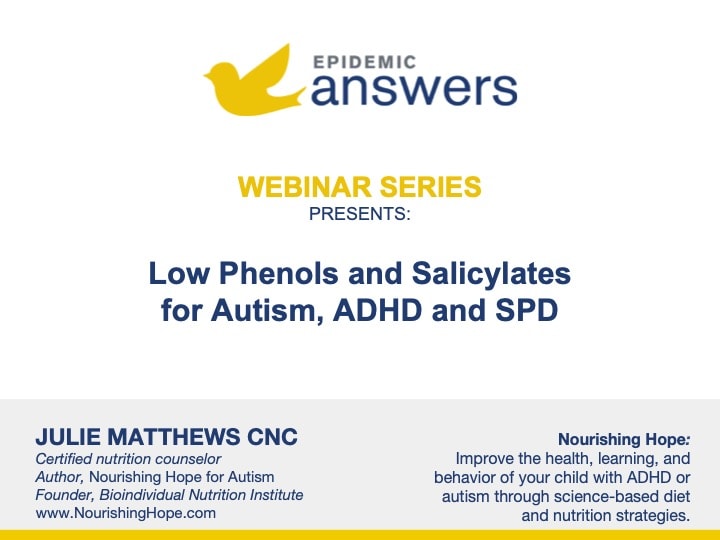Kelly Dorfman, MS, LND, co-founder of Developmental Delay Resources, tells us how to improve liver detoxification pathways in this post.
Phenol Sulfo Transferase-P (PST-P) Enzyme
Research on children with autism in England and hyperactive youngsters in the United States has uncovered a possible common enzyme deficiency. The enzyme in question, phenol sulfo transferase-P (PST-P), is an important component of liver detoxification pathways. When PST-P is inefficient, the body cannot properly break down hormones, certain food components, and toxic chemicals.
The reason many hyperactive children become agitated after eating foods with artificial colors is because PST-P is needed to render the mildly toxic dyes harmless. As the environment becomes more polluted, those with the strongest capacity to break down poisons will survive the best.
From a natural selection perspective, hyperactivity and autism may be nature’s way of sorting out those with the least ability, genetically speaking, to handle internally/externally produced toxins or “overload”. This hypothesis is supported by research showing that environmentally damaged areas often have a high density of developmentally delayed children.
There are several tests available now to identify individuals with weak detoxification pathways. Unfortunately, normal values for those under 12 years of age have not been fully established. What is a parent to do while waiting for conclusive research? A parent can look at symptoms which may suggest possible low PST-P enzyme activity. These symptoms include the following:
- Known food/chemical intolerance
- Agitated sleep
- Regressive behavior after eating food/juice containing artificial colors
- Self-injurious actions
- High consumption of apple (or other salicylate containing) juice
- Large variations in functioning ability
- High exposure (pre or post natally) to environmental toxins
- High sensitivity to medications
- Volatile/violent conduct
The most conclusive evidence is a visible reaction to apple juice or artificial food color. To test this possibility, all artificial dyes and juice should be removed from the diet for several days. Then, on a day when the child will not be in school and there are no pressing obligations, give a child a few fruit roll-ups or a glass of red Kool-aid and observe. If there is a strong reaction, PST-P enzymes are a problem, and behavior generally deteriorates rapidly.
How to Improve Detoxification
There are two ways to deal with poor detoxification: either lessen the toxic burden and/or increase the efficiency of the pathway. You can lessen the toxic burden both internally and externally. Some parents have used diets that remove all known phenol compounds (such as Sara’s diet) to take pressure off the PST-P enzyme system. While sometimes helpful, these diets are extraordinarily difficult to implement long-term as naturally occurring phenols are in every food with color.
Except in extreme cases, a diet reducing toxic load from the most concentrated sources (such as the Feingold Diet), appears to be the best. That is, reduce juices (or limit to pear juice) and eliminate all artificial colors and flavors. In addition, eliminate or minimize preservatives.Also, examine external pollutants around your home and yard. Avoid pesticides, scrutinize cleaning solutions.
Unfortunately, no amount of intervention on an individual’s part can totally unburden PST-P enzymes. That is why it is critically important to improve the efficiency of the faulty enzyme system while attempting to lessen the load.
Antioxidants
Several nutrients may help. They include vitamin C, vitamin E, reduced L-glutathione and N-acetylcystiene. All of the antioxidants (including selenium and bioflavonoids) are valuable for detoxification in general. The most common anti-oxidants (vitamin C and E) are readily available and easy to use.
Vitamin C
Vitamin C can be purchased as a chewable vitamin. Long term or aggressive use of chewables is not recommended, as the acid is hard on teeth enamel. For those who cannot swallow pills, soluble crystals can be purchased from most health food stores.
For children 1-3 years, 500 mg is safe. Larger amounts can be used in older youngsters or when the child is fighting an illness. ,Too much vitamin C will cause loose stools, but it is otherwise nontoxic.
Vitamin E
Vitamin E is usually soy or wheat based in a majority of commercial preparations, although some are made from sunflower oil. Be sure to use a natural E listed on the bottle as mixed tocotrienols and mixed tocopherols). Avoid synthetic vitamin E (dl-alpha tocopherol). Liquid E as micellized vitamin E is available for those needing a liquid version.
Other Antioxidants
Two lesser-known anti-oxidants that appear to be specific in helping PST-P enzyme, N-acetylcystiene and reduced L-glutathione, can be tried in cases of extreme sensitivity. The PST-P requires these sulfur-containing amino acids; however, these necessary antioxidants can sometimes backfire and agitate the child. Be sure to try only one or the other, by itself, and discontinue immediately if the child seems more irritable.
The beginning dose (in children over three years old) for reduced L-glutathione is 50 mg and for N-acetylcysteine 250-300 mg. Start with 1/2 dose and work up to the full dose. The above information is general. For specific questions or problems, contact a nutritionally trained medical professional.
About Kelly Dorfman MS LND
Kelly Dorfman is one of the world’s foremost experts on using nutrition therapeutically to improve brain function, energy and mood. Kelly’s special talent for integrating information from many sources and finding practical solutions has made her a popular speaker and workshop leader. She lectures extensively and is a member of Platform (formerly the National Speakers Association) and has been featured on numerous television programs including CNN’s American Morning.
Kelly’s award winning book, Cure Your Child With Food: The Hidden Connection Between Nutrition and Childhood Ailments (formerly known as What’s Eating Your Child) was given rave reviews by Publishers Weekly and the Washington Post.

As a go-to expert on nutrition issues, Kelly is frequently interviewed and quoted in the media. She has been featured in articles in The Wall Street Journal, Parade, Bethesda magazine, Living Without magazine, and the Huffington Post.
Kelly holds a master’s degree in nutrition/biology and is a licensed nutrition dietitian. She is a co-founder of Developmental Delay Resources, which has merged with Epidemic Answers. You can find out more about Kelly and her practice at kellydorfman.com
Still Looking for Answers?
Visit the Epidemic Answers Practitioner Directory to find a practitioner near you.
Join us inside our online membership community for parents, Healing Together, where you’ll find even more healing resources, expert guidance, and a community to support you every step of your child’s healing journey.
Sources & References
Alberti, A., et al. Sulphation Deficit in “Low-Functioning” Autistic Children: A Pilot Study. Biol. Psychiatry. 1999;46:420–424.




